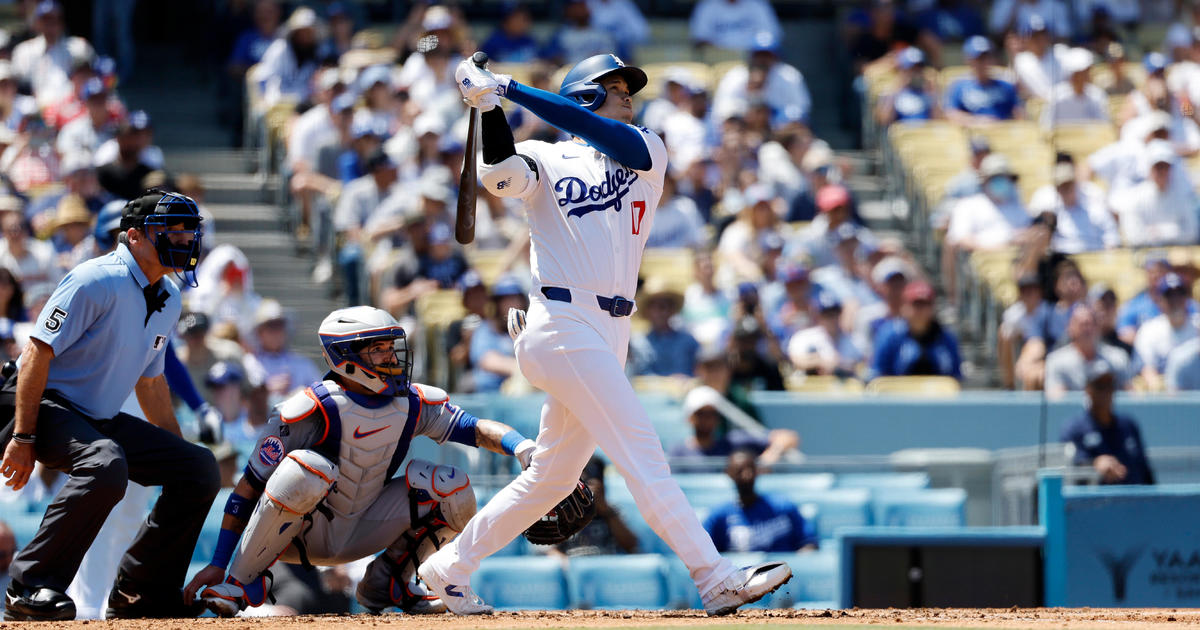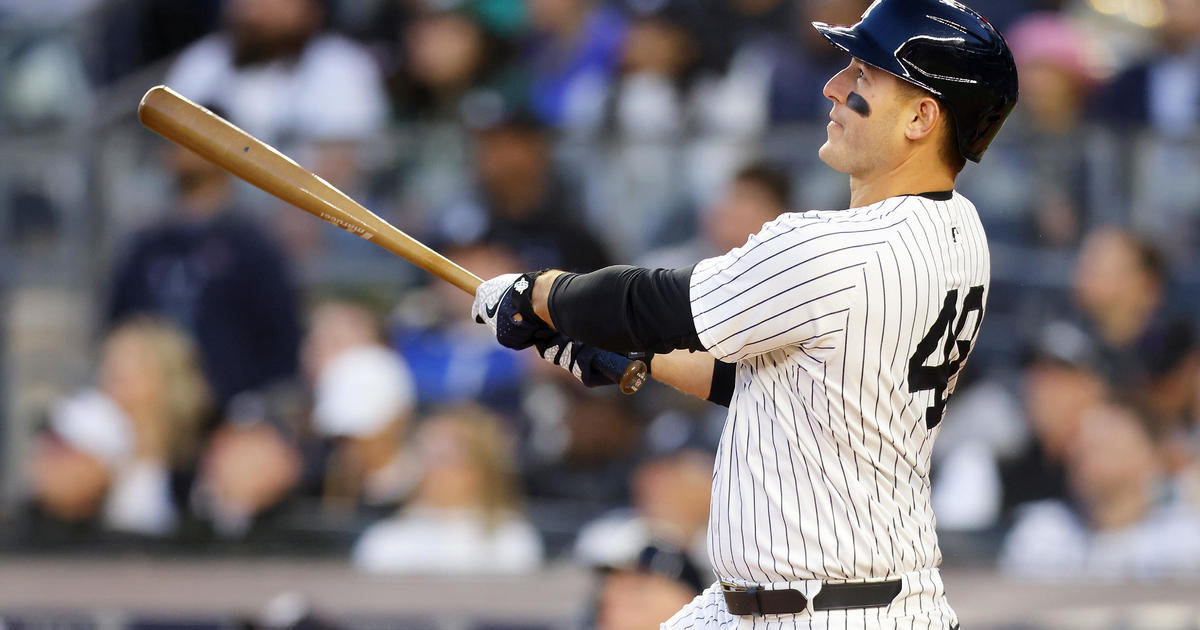Injury Breakdown: Groin Strains Hit Pitchers
By Abby Sims
» More Columns
Two pitchers left games in the midst of no-hit performances in the last week, and both did so with a groin strain. Though muscle strains are common in competitive sports, groin strains occur far less frequently in baseball than in soccer or hockey. Unfortunately, Kevin Millwood of the Mariners and Alexi Ogando of the Rangers remind us that this injury can occur at any time, to any athlete.
Right-hander Kevin Millwood pitched six near perfect innings (one walk) for Seattle on Friday, before complaining of right groin pain when taking warm-up pitches prior to the seventh. He'd initially felt the injury on the penultimate pitch of the sixth inning but got the strikeout to end the frame on the following pitch. An MRI reportedly did not reveal damage, and so it appears that Millwood escaped with only a very mild Grade I injury. The Mariners went on to use five other pitchers to combine for a no-hitter against the Dodgers in a very exciting contest that I had the pleasure of attending.
On Sunday, Alexi Ogando made a quick exit after pitching three perfect innings; it was his first start of the season after 27 relief performances. The right-hander evidently suffered a worse fate than Millwood, and may be headed to the DL. The injury, also on the right, occurred while Ogando tried to run out a bunt in a game against the Giants. It was just his luck to start in an away game during interleague play.
Muscle strains come in three varieties, ranging from a Grade I, with minimal damage, to Grade 3, which is a complete rupture. Ogando underwent an MRI on Monday and the results had not been reported at the time of this writing.
A groin strain can entail any of the six muscles in the group known as the hip adductors. The primary function of the adductors is to draw the thigh toward the midline of the body when the foot is not planted and to help stabilize the lower extremity and pelvis when the foot is fixed. One of the adductors in particular, the adductor longus, is the one most often injured in sports. The orientation of this very long muscle puts it at a relative mechanical disadvantage, which is thought to be the reason it is more susceptible.
Other factors found to increase the vulnerability of the adductors include: weakness, (particularly relative to the strength of the hip adductor muscles, which are their counterparts), and the strength of the forceful lengthening type of contractions (known as eccentric contractions) that are required of these muscles to play hockey. Though specific training programs can reduce the incidence of injury, there are no guarantees. Rehabilitation, once injury does occur, is important to prevent a strain from becoming a chronic or recurring issue.
Occasionally, more chronic groin problems are associated with other diagnoses, such as a sports hernia, that may require surgery. This diagnosis is made when there is weakening or tears in the muscles of the abdominal wall.
Follow Abby on Twitter @abcsims.
Although groin strains are more common in other sports, should MLB players be as cautious as hockey or soccer players when dealing with a groin injury? Sound off in the comments below...



